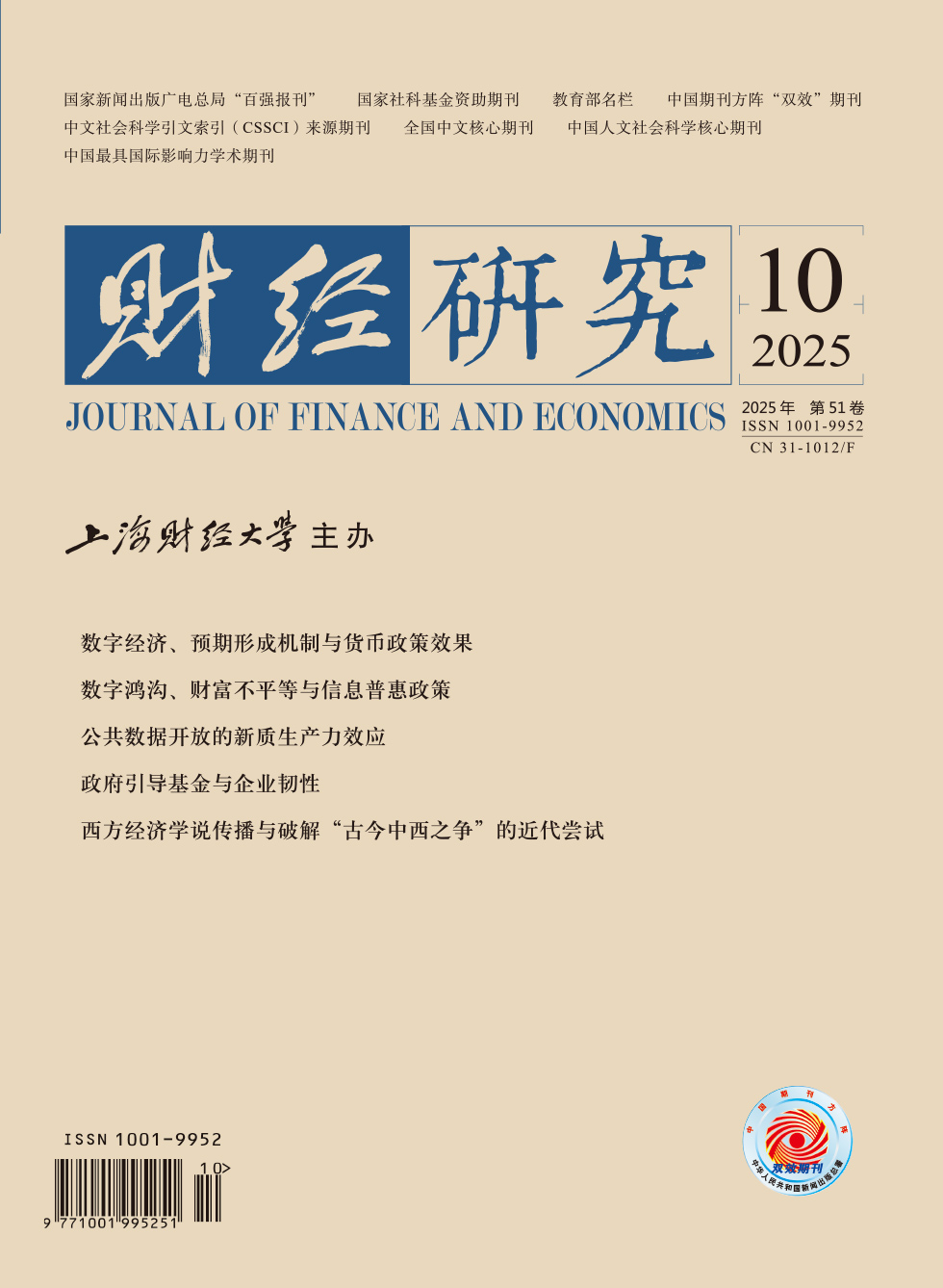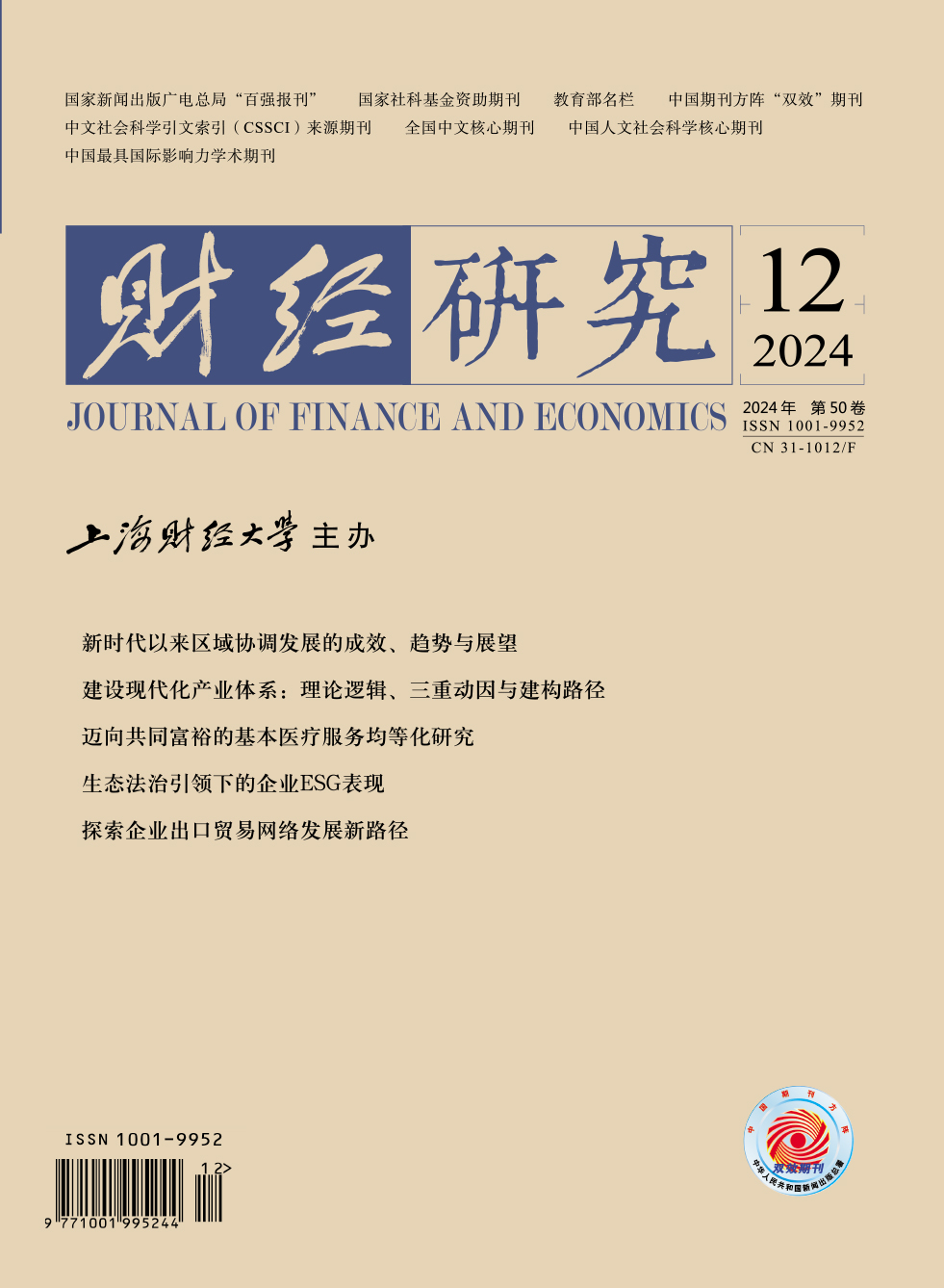Employment protection is crucial for socio-economic stability, and employment growth remains a key focus in economics. Local governments often implement fiscal subsidies and other rescue measures to stabilize employment, but these policies can inadvertently sustain “zombie firms”. In contrast, improving the market exit mechanism can mitigate the negative effect of zombie firms, thereby better supporting stable employment. Taking the Bankruptcy Trial Reform (BTR) as a quasi-natural experiment, this paper uses non-financial A-share listed firms as the research sample and employs a DID approach to examine how strengthened judicial protections for creditors under the BTR affect employment at both firm and city levels.
The findings indicate that the BTR significantly increases case processing efficiency, legally safeguards the rights of corporate and bank creditors, and raises firm-level employment. Further analysis reveals two primary channels through which the BTR promotes hiring: the reduction in commercial credit supply and the release of credit funds. The reduction in commercial credit supply reflects the reform’s facilitation of firms’ timely recovery of overdue payments, easing liquidity constraints and supporting workforce expansion. Meanwhile, the release of credit funds suggests that the BTR enables banks to recover capital and reduce “zombie loans”, boosting credit supply. However, since banks’ lending preferences remain unchanged, this channel primarily benefits firms with lower financing constraints. Heterogeneity analysis shows that the employment stabilization effect is concentrated in labor-intensive firms and low-skilled labors, thereby affecting the skill composition of employment.
Additionally, city-level analysis reveals that the BTR facilitates more firms to enter local markets, leading to overall employment growth and wage increases, particularly pronounced in economically developed cities and cities with a large number of zombie firms. The findings suggest that local governments do not need to rescue zombie firms that should be withdrawn from the market to safeguard employment; instead, improving the market exit mechanism is more conducive to achieving stable employment goals.





 2817
2817  3946
3946

